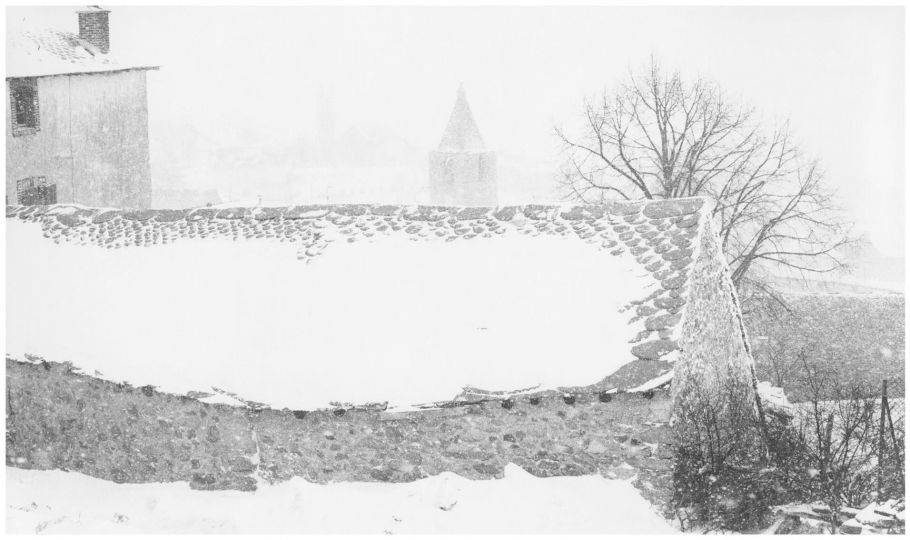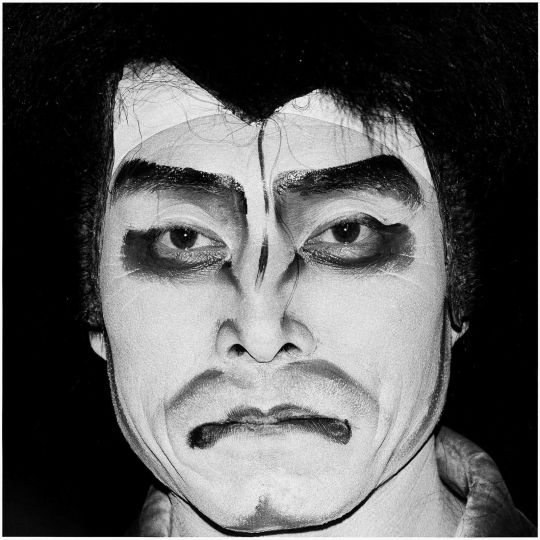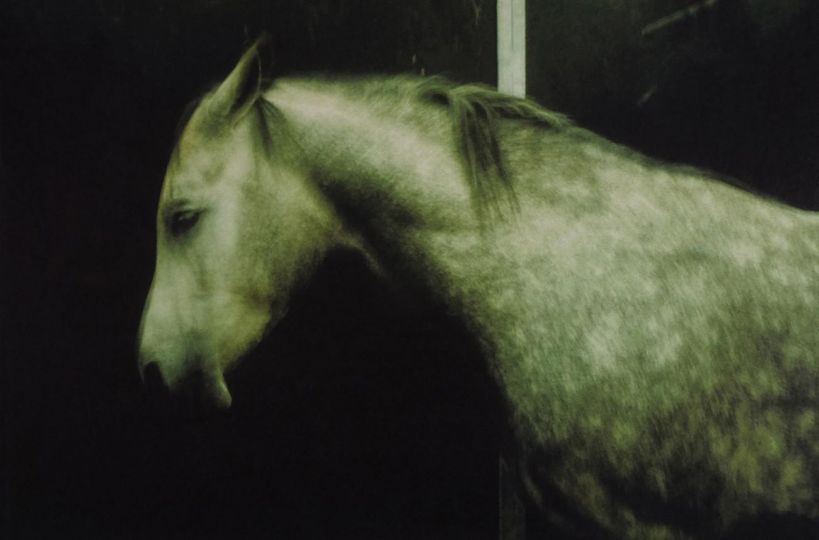Élie Kagan, photographe indépendant (Élie Kagan, freelance photographer) is an exhibition-manifesto for the opening of La contemporaine.
La contemporaine, a museum, archive center and library, is the only institution in France to collect, conserve and communicate collections on the entire European history of the 20th and 21st centuries.
It was Élie Kagan (1928-1999), a committed photographer and formidable archivist of his time, that was chosen for the inaugural exhibition of the building designed by the Bruno Gaudin studio, inaugurated in the fall at the entrance of the campus. university Paris Nanterre.
This exhibition is based on more than 200,000 images – negatives, prints, contact sheets and slides -, accompanied by professional archives, entrusted to La contemporaine in 1999 by the photographer’s family.
Self-taught, passionate about the social and political world, willingly provocative, Elie Kagan photographed meetings, demonstrations, cultural events, meetings and political gatherings on film. His production constitutes a historical and visual archive of French political, intellectual and cultural life from the 1960s to the 1990s. A committed photoreporter, he is involved in all the manifestations of an era. He was one of the few to capture with images the police violence perpetrated against Algerians on the night of October 17, 1961.
Exhibiting a press photographer
Exhibiting an independent press photographer is showing the daily life of a photoreporter from the 1960s to the 1990s; but also a photographic material marked by its uses and its circulation: magazines, press, newspapers, posters, books and brochures… The route returns to the different interpretations of Elie Kagan’s work by focusing on its reception, from militant production to photographs invested with memorial claims. It also reveals an unknown dimension of his work. Witness of his time, Kagan liked to stroll in Paris, of which he captured the urban and sociological transformations. It is an existential relationship to photography that is then shown: a way of life, day by day, carried by encounters, snags or daily surprises…
The route of the exhibition
The exhibition route is divided into three sections.
Professional press photographer
Elie Kagan officially entered the corporation of press photographers with his reportage of October 17, 1961: these photographs allowed him to obtain his press card. [Visual 2] A freelance photographer, he editsed and printed his photographs himself in the laboratory he had set up at home, before canvassing press editorial offices to sell them.
It covered political, militant and trade union activity in Paris and participated in most of the demonstrations and protest movements of the decades 1960-1990. [Visual 20] He worked regularly with Droit et liberté, Tribune socialiste or Témoignage chrétien. [Visual 3] His collaborations with the militant press and many titles of the traditional generalist press remained occasional (Nouvel observateur, L’Express, Le Monde…).
Prints, freelance-works, archives and publications highlight the everyday aspects of the press photography market and its uses in writing – the scoop being an exception. [Visual 31]
“Archive and historical photographer”
The Elie Kagan collection is also known and used by various militant circles because several of his photographs bear traces of commitments and events of which they are sometimes incriminating evidence. They testify to the photographer’s appetite for politics and his attraction to political figures in general. Little distributed in the usual media channels, these images gain importance over time thanks to the work of militant groups and research: they circulated as memories before being invested more generally as sources for history. His images of the repression of the demonstration of Algerians on October 17, 1961 in Paris are the most emblematic example. [Visual 28]
Associations such as “In the name of memory” rely on them to denounce and gain recognition for this state violence. Elie Kagan captured the movements of his time, particularly seduced by the collective and the anonymous crowd that he was keen to represent (Women’s Liberation Movement, Homosexual Revolutionary Action Front, etc.).[Visual 14] He followed in 1972 the engagement of famous intellectuals, like Michel Foucault and Jean-Paul Sartre, in their actions within the GIP (Group of information on the prisons). [Visual 8] Later, politically engaged alongside Beate and Serge Klarsfeld, Élie Kagan kept the memory of the actions carried out by the couple. He thus constituted a visual archive of their commitment while collecting and producing for himself photographic documentation of contemporary anti-Semitism.
Urban strolls of a sedentary photographer
The digitization of Elie Kagan’s photographs has revealed a body of images that goes well beyond those circulating in the press.
Independent photoreporter, Élie Kagan made pictures to earn a living – part of his production was intended to be published – but other images appear on his rolls of films, in the middle of reportages. His photography is then more intimate and reveals a more existential relationship to photography: a way of living, day by day, with no other project than to be there, in the pleasure of the immediate, carried by encounters, snags and daily surprises. [Visual 15] Far from the myth of the great reporter going to the combat zones, Élie Kagan was a tireless walker: he strolled around Paris for his pleasure, without trying to respond to an order, radiating from the center of the capital where he lived. [Visual 29]
Abandoning the search for scoop and events, he revealed himself as a photographer of the everyday and the ordinary, a witness of his time, attentive to urban and sociological transformations as well as to the anonymous people he met in the street. These sensitive and more aesthetic photographs echo the artistic inclinations of his beginnings. [Visual 17]
When the painter Gérard Fromanger called on him again in 1971 to help him with his work on the series Boulevard des Italiens, it was to immortalize on film the most banal street scenes, in search of non-event.
Élie Kagan, photographe indépendant
January 19 – May 7, 2022
La contemporaine
184, cours Nicole Dreyfus
92000 Nanterre
http://www.lacontemporaine.fr/
http://www.lacontemporaine.fr/action-culturelle/elie-kagan-photographe-independant
Information and reservations:
[email protected]
















